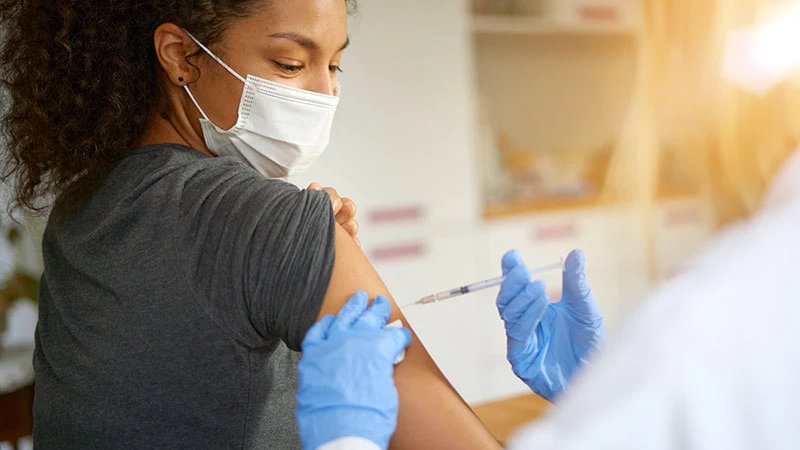Key Takeaways
-
The primary outcome was the rate of seropositivity after 2 doses of a COVID-19 vaccine with rates of seropositivity after 1 dose, rates of positive neutralizing antibody (nAb), cellular responses and adverse events as secondary outcomes.
-
Two thirds of patients (67%) with hematological malignancies were seropositive after 2 doses of a COVID-19 vaccine.
-
Patients at highest risk of nonresponse included those with chronic lymphocytic leukemia (CLL) and those undergoing treatment with active targeted and anti-CD20 therapies.
-
New approaches for high-risk patients who are poor responders to vaccination are urgently required, the authors wrote.
Why This Matters
-
More than 80% of patients with hematological malignancies require hospitalization after infection with COVID-19, and more than 50% have severe disease. Mortality can be as high as 30%-40%.
-
Patients with hematological malignancies were excluded from vaccine clinical trials.
Study Design
-
The study was a meta-analysis of 44 studies of 7064 patients. It included 2331 who were analyzed after a first dose and 4733 after the second dose of any COVID-19 vaccine.
-
The authors analyzed data on humoral and cellular immune responses following vaccination. A humoral response (seropositivity) was defined as detectable levels of SARS-CoV-2 spike/receptor binding domain-specific immunoglobulin G (IgG). A cellular response was defined as an increase in SARS-CoV-2 specific CD4+/CD8+ T cells.
-
Risk of bias was assessed using the Newcastle-Ottawa Scale.
Key Results
-
The rate of seropositivity in hematology patients was 61% after 2 COVID-19 vaccine doses, and 67% in comparator studies. After a single dose, the rates were 51% and 37%, respectively.
-
Hematologic malignancy was associated with a lower likelihood of achieving seropositivity than healthy controls after 2 doses (odds ratio 0.05; P < .01), and after 1 dose (OR, 0.10; P < .01).
-
In 10 studies (22%), the rate of at least one systemic or local adverse event was reported. Overall, the pooled rate of at least one adverse event was 36% following 2 doses and 39% following a single dose.
-
Seropositivity rates after 2 doses of vaccine were highest among patients with acute leukemia and myelodysplastic syndromes (93%), followed by myeloproliferative neoplasm and chronic myeloid leukemia (87%-88%), and the lowest in CLL patients (51%).
-
Subgroup analyses showed the lowest seropositivity among patients receiving active treatment (28%), specifically current or previous 12-month treatment with anti-CD20 antibody (19%), targeted therapies (35%), and after CAR-T therapy (31%). Seropositivity rates were higher among patients not on active therapy (61%) or 12 or more months after completion of anti-CD20 therapy (62%).
Limitations
-
The quality of the findings is moderate due to significant clinical and statistical heterogeneity in the included studies.
-
The immune response data does not necessarily reflect clinical efficacy of vaccination.
Study Disclosures
-
Authors have received research funding and honoraria from Pfizer, Merck Sharp and Dohme, CSL Behring, and Sanofi, as well as research funding from Gilead.
This is a summary of preprint research, “Immunogenicity of COVID-19 vaccines in patients with haematological malignancy: A systematic review and meta-analysis,” led by Benjamin W. Teh, PhD, a researcher at Peter MacCallum Cancer Centre and the University of Melbourne, Australia. It was published on medRxiv.org in advance of peer review and is provided to you by Medscape.
For more news, follow Medscape on Facebook, Twitter, Instagram, and YouTube.
Source: Read Full Article
